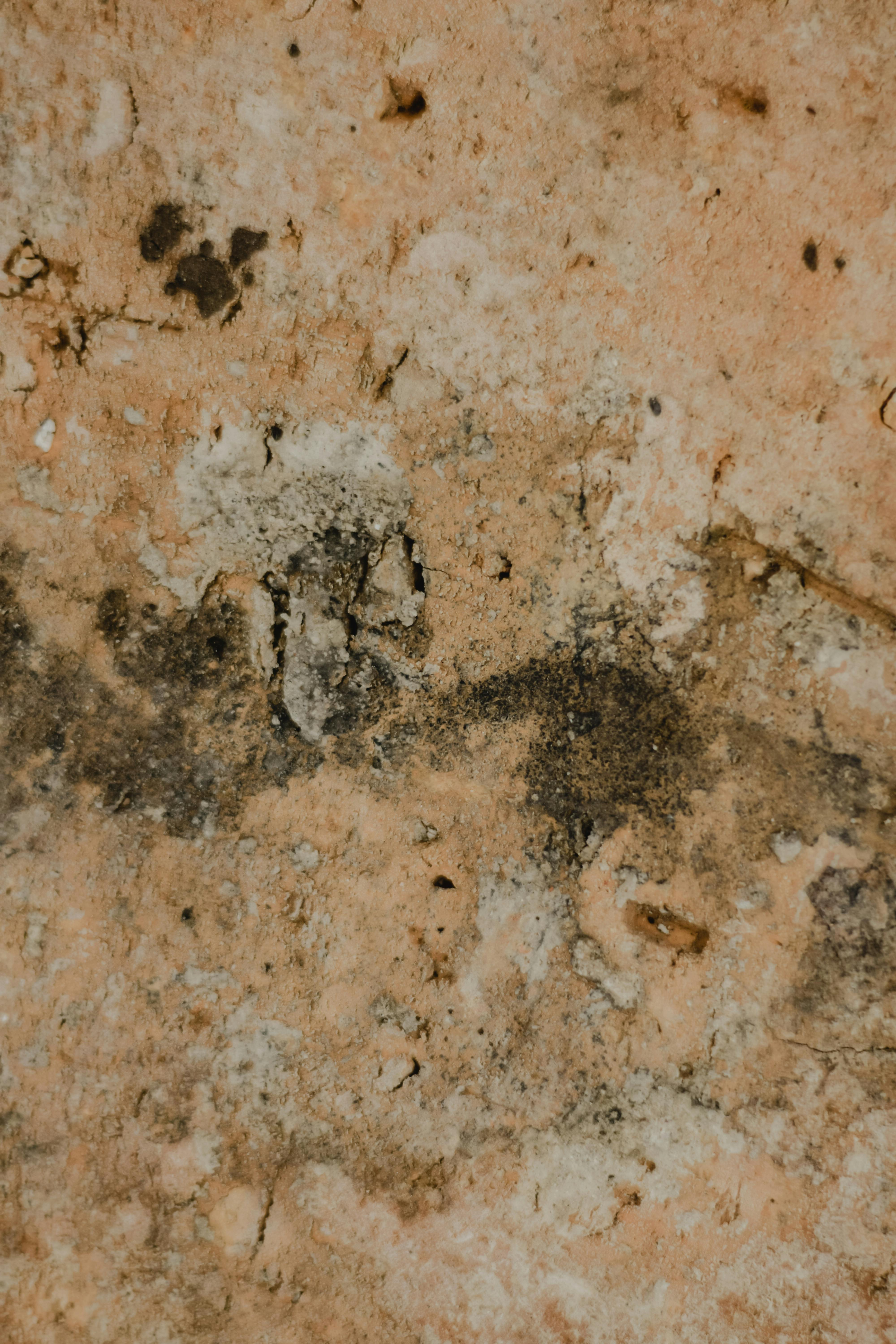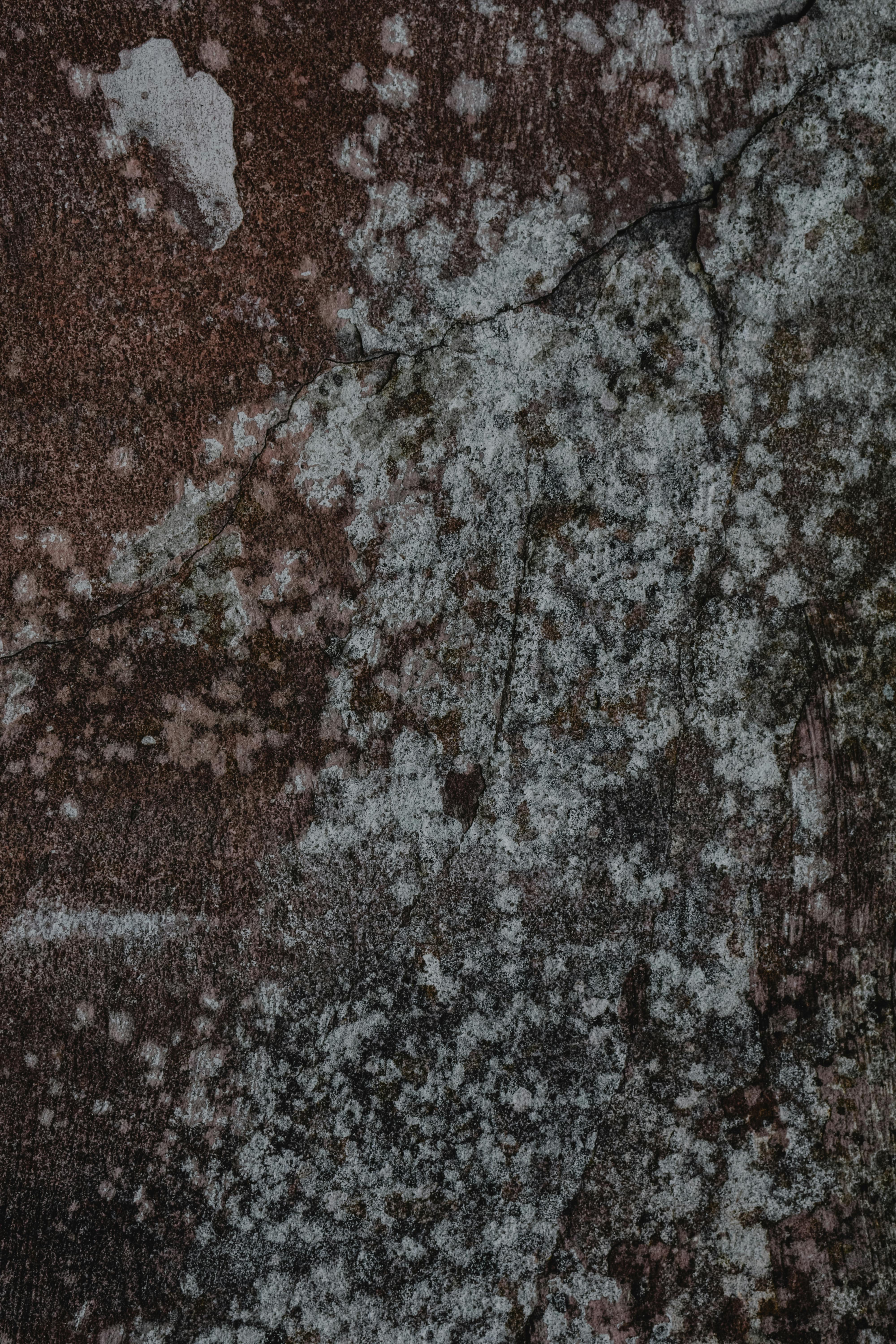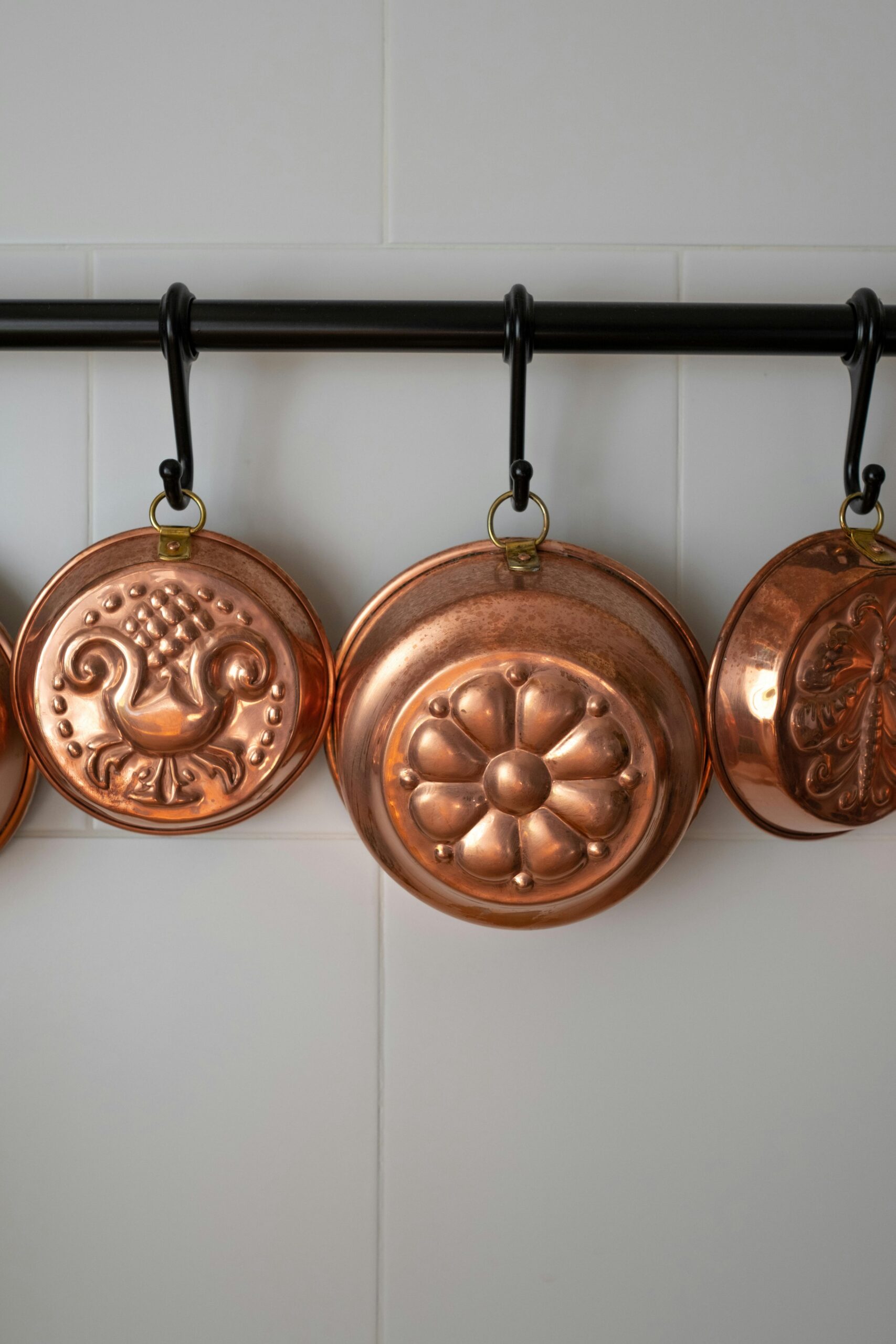Schimmel Wand: Understanding and Managing Mold on Walls
What is Schimmel Wand?
Schimmel wand, or mold on walls, is a common issue faced by homeowners and property managers alike. It occurs when excess moisture in the environment creates the perfect breeding ground for mold spores. Mold can appear as black, green, or white patches and not only detracts from the aesthetic appeal of a space but can also pose serious health risks. Identifying the type of mold, understanding its origins, and implementing effective prevention and remediation strategies are vital steps in safeguarding both your property and well-being.
Causes of Schimmel Wand
The formation of schimmel wand is typically linked to several environmental factors. High humidity levels, poor ventilation, and water damage from leaks or flooding are leading culprits. For instance, bathrooms and kitchens are common hotspots due to condensation and steam. To mitigate the risks, homeowners should regularly inspect these areas for signs of moisture accumulation. Proper ventilation in these rooms, such as exhaust fans and strategically placed windows, can significantly reduce humidity levels and help prevent mold growth.
Signs of Mold Growth
Recognizing the signs of schimmel wand early can prevent extensive damage. Look for noticeable discoloration on walls, which may present as spots or streaks. A musty odor is another telltale sign that mold might be present, even if visual evidence is absent. It’s also essential to pay attention to health symptoms in residents, such as respiratory issues, allergies, and skin irritations. These can indicate that mold is not only present but potentially affecting indoor air quality, requiring immediate action.
Effective Mold Prevention Strategies
Implementing a series of preventive measures can greatly reduce the risk of schimmel wand. Start by managing indoor humidity, keeping it between 30% and 50%. Using a dehumidifier in particularly damp areas can help achieve this goal. Additionally, ensure that all plumbing is in good condition to prevent leaks, and promptly address any signs of water damage. Regular cleaning of surfaces in high-moisture areas with vinegar or baking soda can also help inhibit mold growth.
How to Improve Ventilation
Improving ventilation is crucial in combating schimmel wand effectively. Installing exhaust fans in bathrooms and kitchens can help remove moist air, while opening windows can promote airflow in the home. Consider using an air purifier with a HEPA filter, which can capture mold spores in the air. Incorporating houseplants that naturally improve air quality—like peace lilies or spider plants—can also aid in maintaining a healthy living environment.
Seasonal Maintenance Tips
During different seasons, the risk factors associated with schimmel wand can change. In spring, for instance, damp weather can lead to higher indoor humidity levels. To mitigate this, routinely check your basement and crawl spaces for any water accumulation or mold growth. In fall, as temperatures drop, ensure that heating systems are working efficiently, as poor heating can lead to condensation forming on windows. Consistently monitoring these areas and maintaining a clean home can significantly curb mold growth through seasonal changes.

Remediation of Schimmel Wand
Addressing existing schimmel wand requires a thoughtful approach. If the area affected is extensive (greater than 10 square feet according to the EPA), it may be advisable to consult a professional mold remediation service. If the impacted area is smaller, homeowners can take active measures to clean it themselves. However, always ensure to wear protective gear, such as gloves and masks, when handling mold to prevent inhalation or skin contact.
Step-by-Step Cleaning Process
To effectively clean schimmel wand, start by placing fans and dehumidifiers in the affected area to minimize moisture. Prepare a cleaning solution using a mixture of one cup of bleach to one gallon of water and apply it to the affected surfaces using scrubbing pads. Ensure that the room is well-ventilated while working. Scrub the area thoroughly, and after cleaning, allow it to dry completely to reduce the remaining moisture. Follow up with a protective sealant to inhibit future mold growth on the treated surfaces.
When to Seek Professional Help
While some minor mold issues can be tackled independently, situations requiring professional intervention include considerable surface areas contaminated or hidden mold within structural components (like walls or ceilings). A mold remediation specialist can properly assess the situation and recommend appropriate actions, ensuring safety and compliance with health regulations. Engaging experts can also prevent mold from returning, ensuring that your space remains safe and healthy.

Health Implications of Mold Exposure
The presence of schimmel wand can lead to several health concerns, particularly for sensitive individuals such as those with pre-existing respiratory conditions, allergies, or weakened immune systems. Common symptoms include coughing, sneezing, skin irritation, and in severe cases, mold exposure can lead to chronic respiratory issues. Understanding how schimmel wand affects health is crucial for maintaining a safe indoor environment.
Vulnerable Populations
Certain groups are more susceptible to the health risks associated with mold exposure. Children, the elderly, and individuals with asthma or allergies are particularly vulnerable. For these populations, even small mold infestations can trigger significant health problems. This underscores the importance of timely identification and remediation of schimmel wand to safeguard these individuals and maintain overall indoor air quality.
Long-term Health Effects
Long-term exposure to mold can lead to persistent health issues, including respiratory diseases and chronic sinus infections. Research suggests that mold can produce mycotoxins, which are harmful substances that can affect the nervous system and immune response. Given the potential long-term consequences, managing and preventing schimmel wand should be seen as an essential aspect of home maintenance and health awareness.
Key Takeaways
- Schimmel wand is caused by excessive moisture, poor ventilation, and leaks, requiring proactive management.
- Improving ventilation and keeping humidity low are vital to preventing mold growth on walls.
- Routine inspections and prompt remediation of mold can help mitigate health risks.
- Consulting professionals when mold infestations are extensive or persistent is advisable for safety.
- Vulnerable populations should be closely monitored for health impacts related to mold exposure.
FAQ
1. How can I tell if the mold on my wall is dangerous?
Not all mold is harmful; however, any wall mold should be inspected. Signs of danger include black mold and health symptoms such as difficulty breathing or allergic reactions. If you’re unsure, consider having a mold specialist assess the affected area.
2. Can I paint over schimmel wand to hide it?
Painting over mold is not a long-term solution. While it may initially hide the mold, it does not eliminate the underlying moisture issue, and mold can eventually reappear through the paint. Proper cleaning and remediation must be performed first.
3. What are the best products to clean schimmel wand?
Commercial mold removers, natural solutions like vinegar, or a bleach-water mixture are effective for cleaning mold. Always follow safety instructions and wear protective gear while cleaning to avoid inhaling mold spores.
4. How can I improve indoor air quality to prevent mold?
To enhance indoor air quality and reduce mold growth, ensure proper ventilation, maintain humidity levels between 30-50%, and use dehumidifiers when necessary. Regular cleaning and using air purifiers can also contribute to a healthier environment.
5. How often should I check for mold in my home?
It’s wise to conduct mold inspections at least once every season, especially in areas prone to moisture, such as basements, bathrooms, and kitchens. Immediate checks should follow water damage incidents to prevent mold growth.
